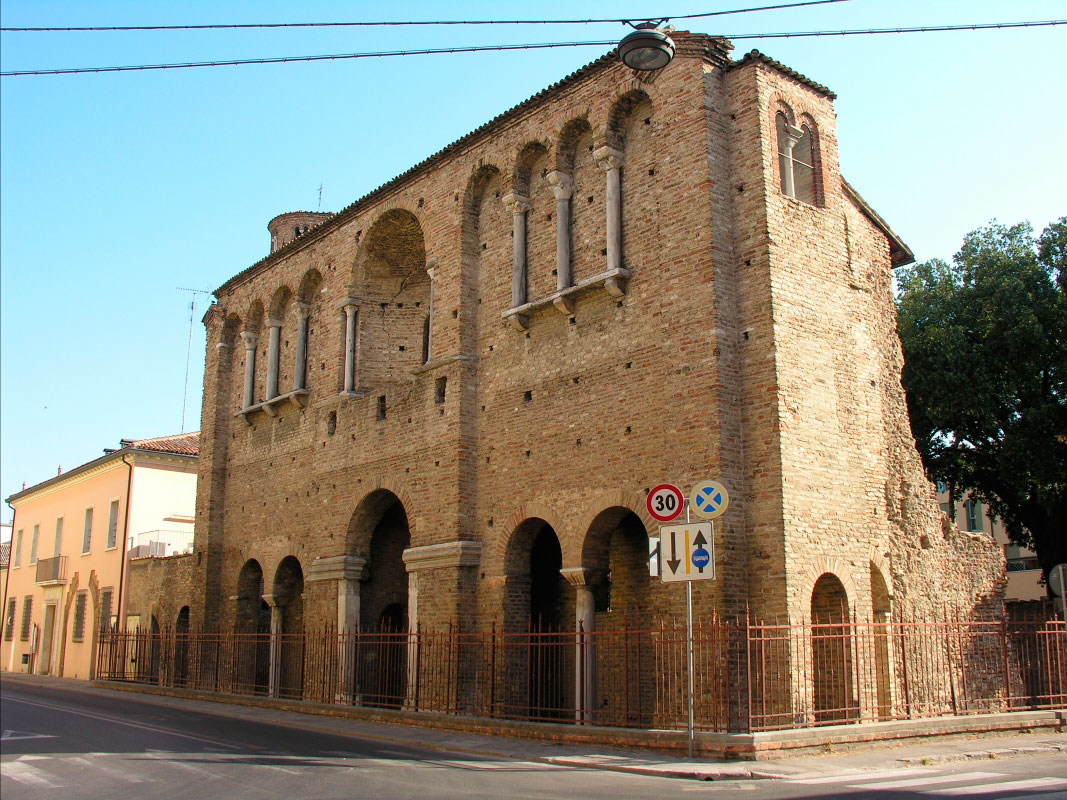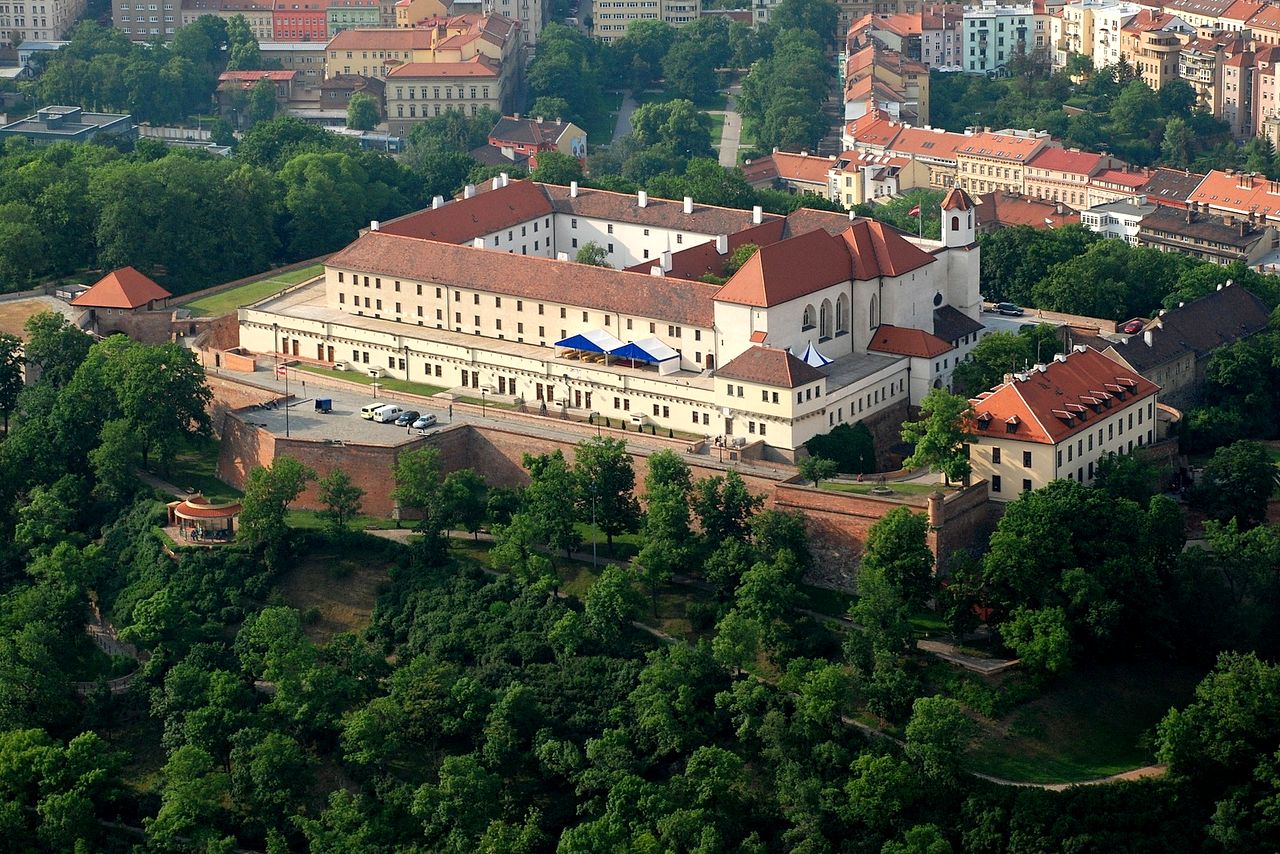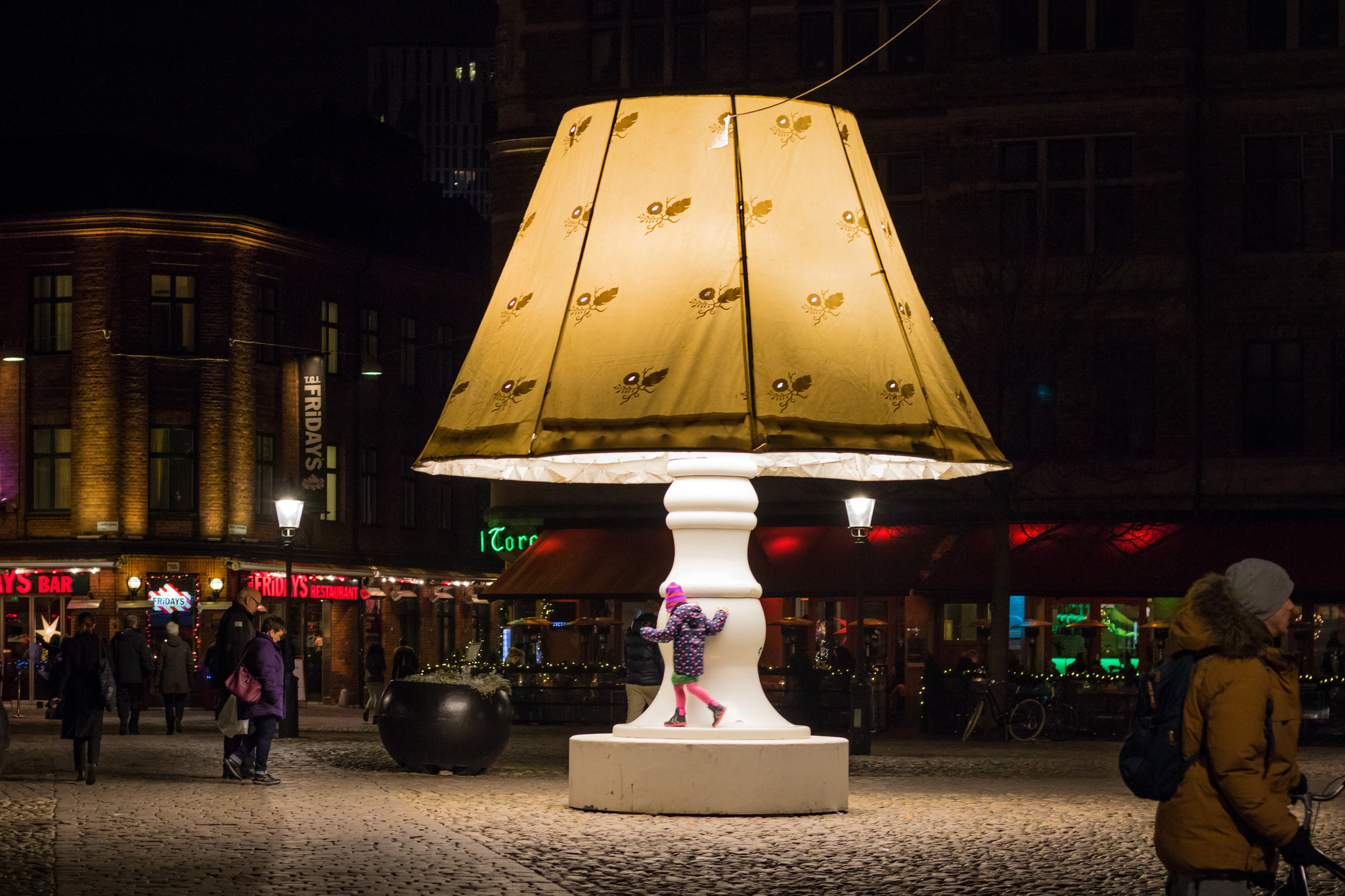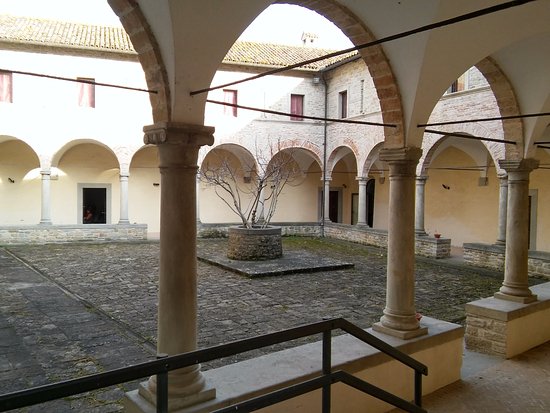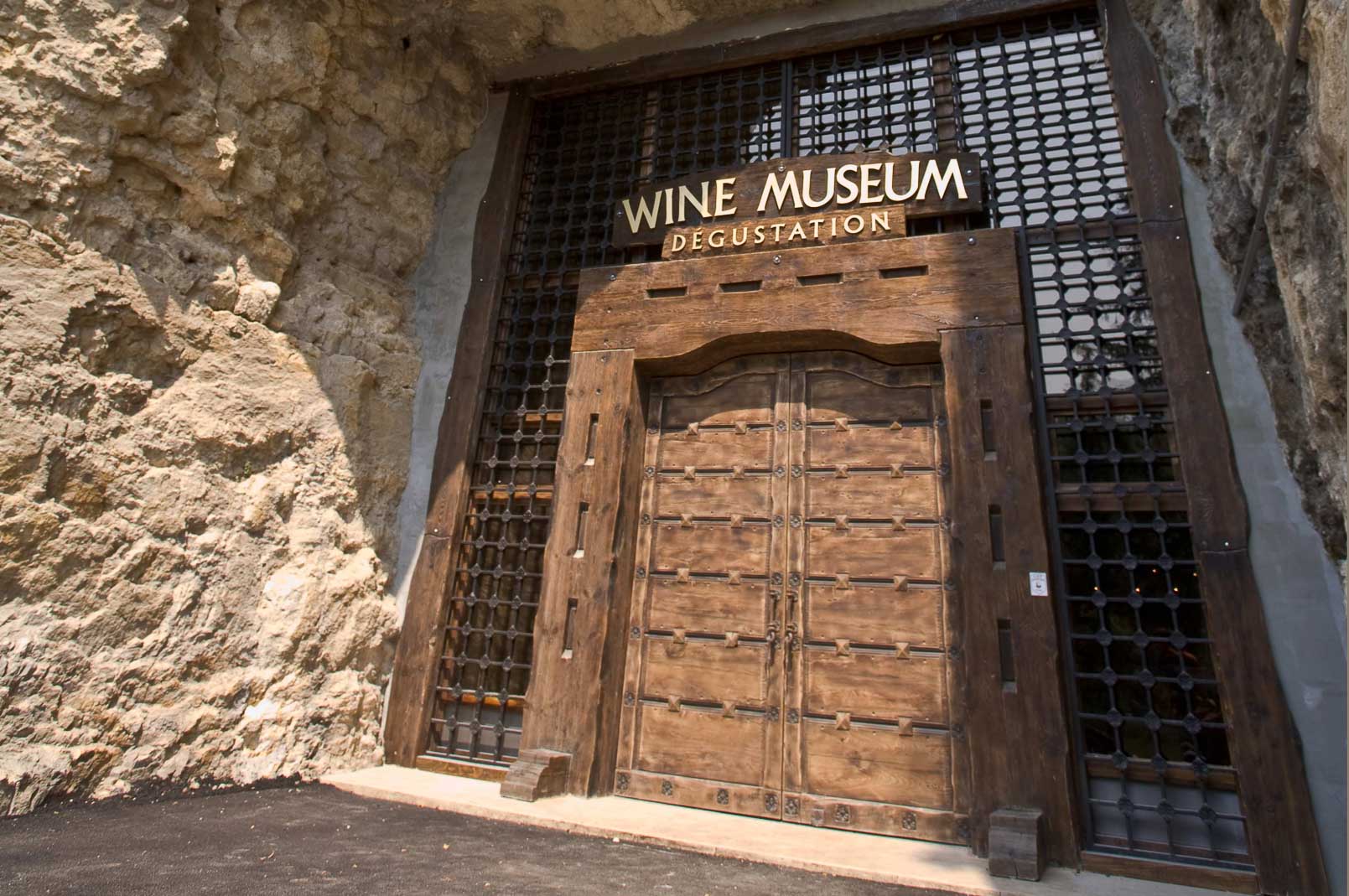The so-called Palazzo di Teoderico is the only surviving architectural evidence of the 8th century A.D. in Ravenna and on the first floor houses a selection of floor mosaics belonging to what was the most remarkable discovery of the early 20th century in the surrounding area: the ancient palatial area of the imperial city.
THE PALACE
Of the ancient palatial area of the imperial city, the portion of the building identified as the narthex and façade of the church of San Salvatore in Calchis (8th century A.D.) remains visible today, of which the foundations of the main body are also preserved. Thanks to the 20th century restorations by Corrado Ricci, the first superintendent of Italy, today the structure, in particular the prospectus consisting of a double wall, is once again legible in its original appearance: on the ground floor with the portal and the two pairs of arches and on the upper floor the imposing niche with the mullioned window flanked by two symmetrical series of blind arches. Before the restoration work, the external façade on Via di Roma was completely walled up and on the right side it incorporated the porphyry basin, the sarcophagus of the Ostrogoth king, which is located inside the upper cell of Theodoric’s Mausoleum. The back side is characterized by symmetrical flights of steps that connect what must have been the narthex of the church with the room on the first floor: one has been completely rebuilt by Ricci, the other remains only the foundations and some traces of walls. Imposing and suggestive is the large arch that connected this access structure to the basilican body of the church.
THE COLLECTION OF FLOOR MOSAICS
On the first floor of the building, concealed by the mullioned window visible from the Via di Roma, are exposed a third of the floor mosaics recovered during the excavations of 1908-14. This is a truly extraordinary complex that covers six centuries of history.
You can see fragments of floor in opus sectile of polychrome marble (I-II century A.D.) from the rooms of representation of the palatium (apsidal hall and triconco), fragments of mosaic floor figurative (V century A.D.).) coming from the corridors that surrounded the peristyle and representing above all scenes of circus games, floor fragments (6th century and Theoderician age) decorated with geometric, phytomorphic or floral motifs that, having remained in use longer even after the abandonment of the palace and the dissolution of the Exarchate, survived the subsequent decline in the executive quality of the Ravenna mosaic workers of the 7th century.
